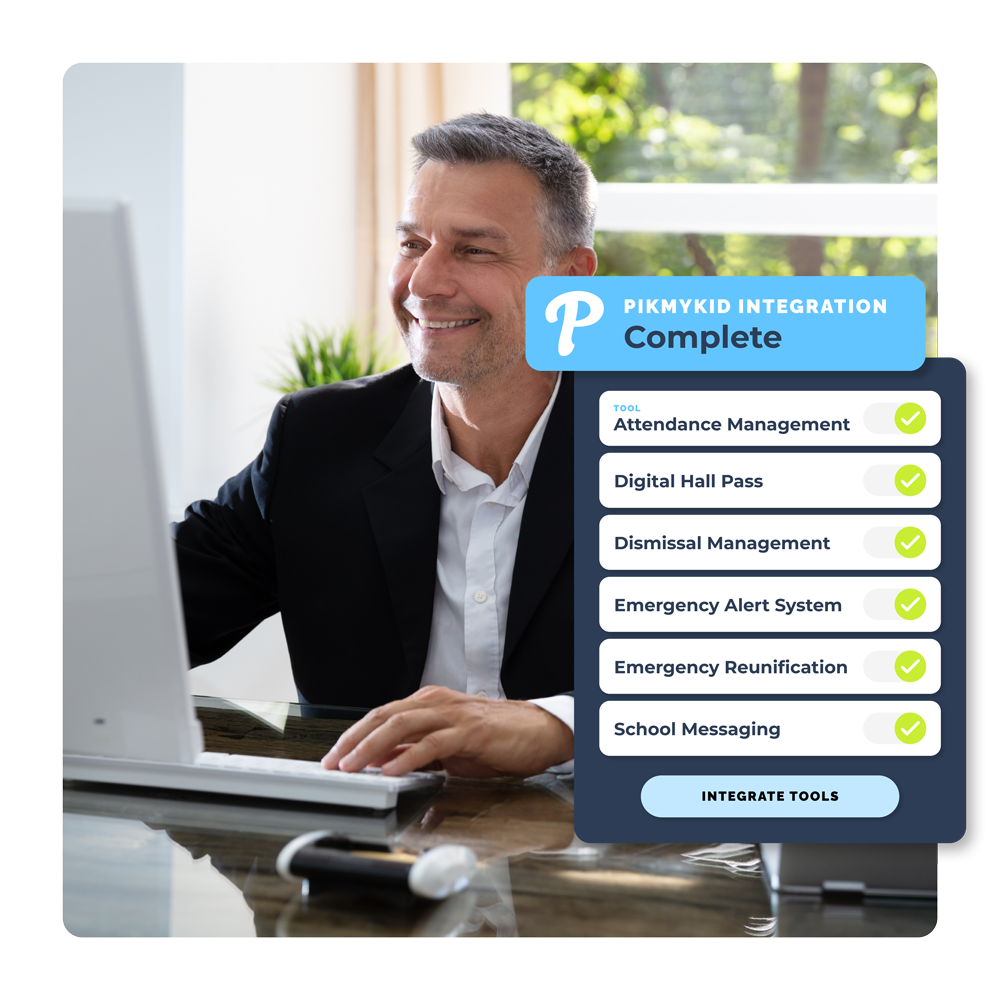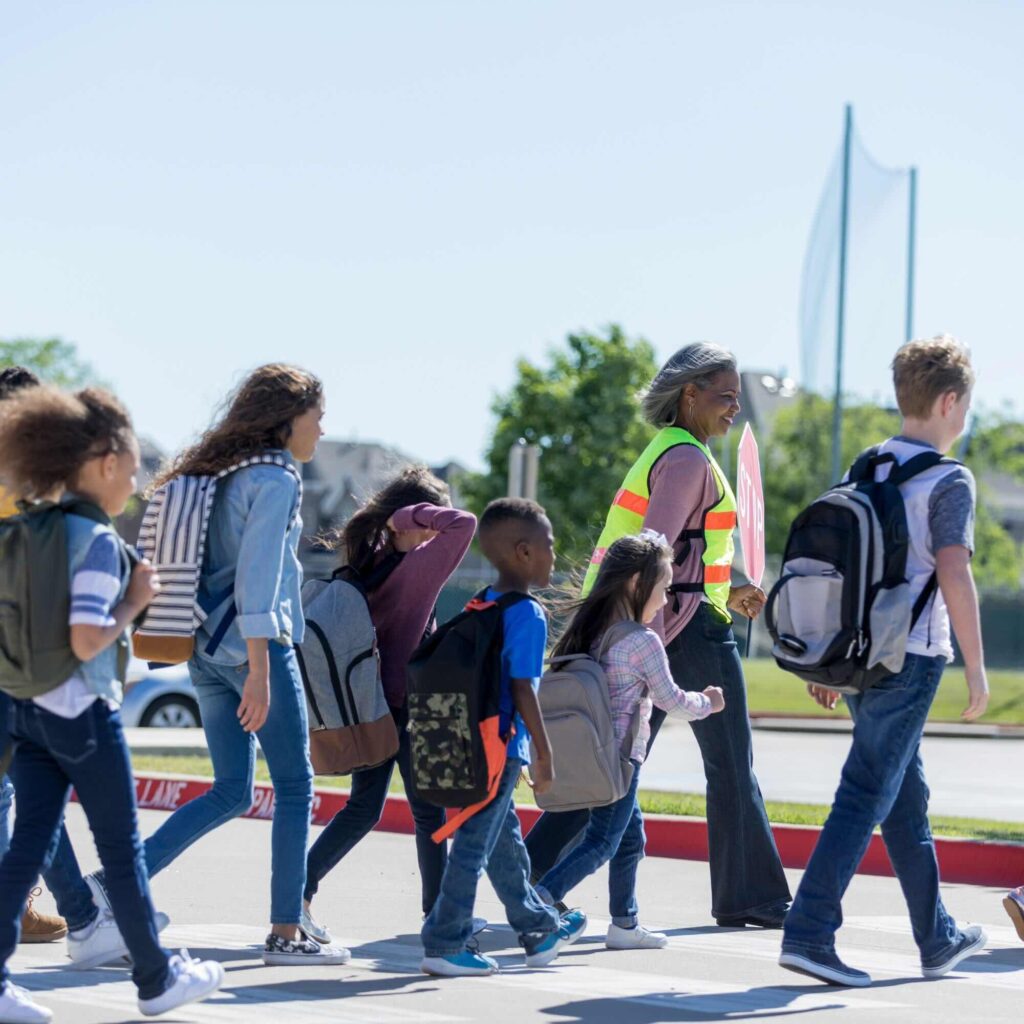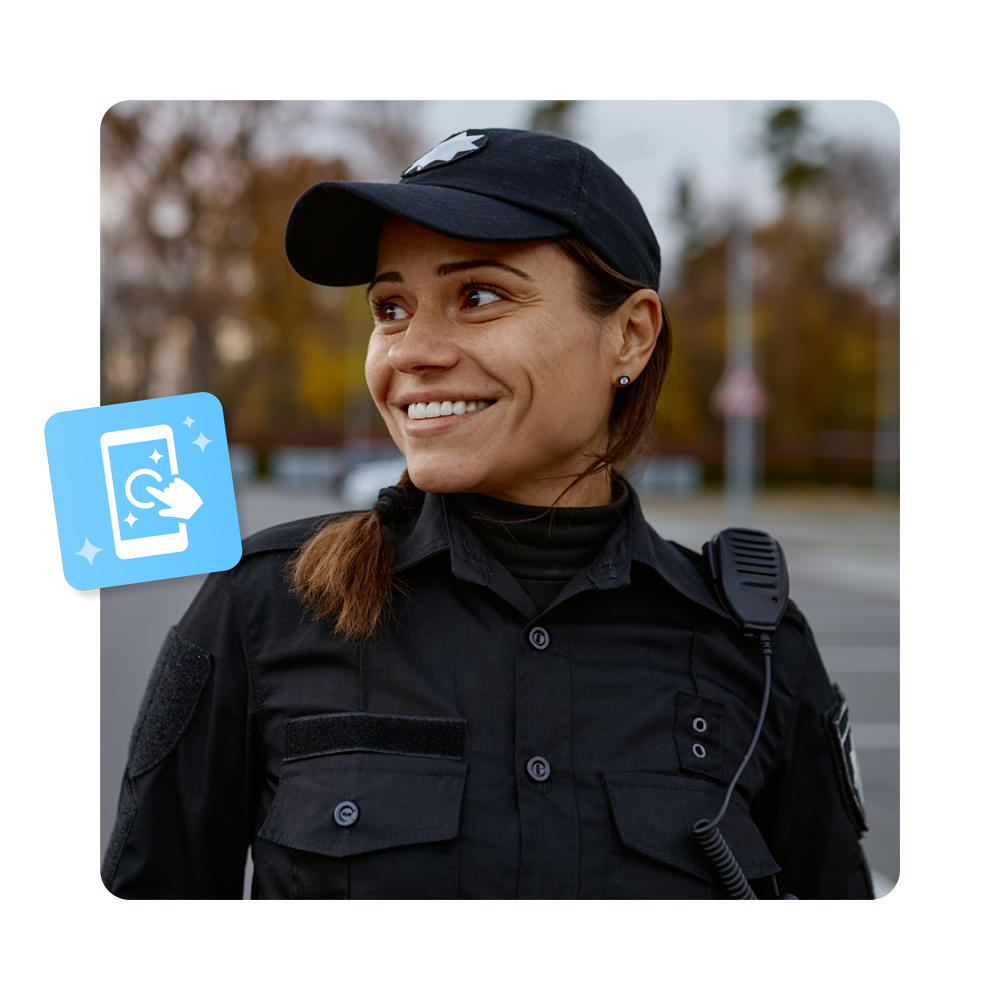Education is changing. Fast. New learning environments, emerging technologies, and evolving student expectations are pushing schools to rethink how they operate, teach, and support their communities. The challenge? Ensuring schools can adapt to new educational needs while still delivering on their core mission: student success.
Meeting today’s demands requires more than minor adjustments—it calls for strategic transformation. From classrooms to front offices, schools must reimagine their workflows, tools, and approaches to thrive in a world where flexibility, personalization, and safety are no longer optional.
Let’s explore how K-12 schools can successfully adapt to new educational needs using innovative technology—and why doing so is critical for the future of education.
What Does It Mean to Adapt to New Educational Needs?
To adapt to new educational needs means recognizing that the way students learn—and the way schools support that learning—has fundamentally changed. Technology has become central to instruction, operations, and communication. And today’s schools must serve a more diverse, digitally fluent, and safety-conscious population than ever before.
This shift includes:
- Personalized learning expectations from students and families
- Digital-first communication habits among staff and parents
- Operational demands for greater efficiency and safety
- Behavioral and emotional support needs across grade levels
Adapting means embracing solutions that align with these expectations and make day-to-day school life smoother, safer, and more effective.
The schools that succeed will be those that view technology not as a disruption—but as a partner in progress.
Evolving Beyond Traditional Systems
Legacy systems like paper hall passes, manual dismissal methods, and basic email blasts no longer meet the needs of a modern school community. These tools are slow, disconnected, and prone to error.
For example, outdated dismissal systems often create confusion, long car lines, and safety concerns. Manual hall passes lack visibility and open the door to behavioral risks. And siloed communication tools slow down response times during emergencies.
As educational demands grow more complex, schools must move beyond these systems and invest in platforms designed to solve today’s problems.
This is where school safety and operational platforms like Pikmykid come in—offering fully digital solutions that help schools adapt with confidence.
The Technology Behind Smarter Schools
Adopting technology is no longer a luxury—it’s a necessity for meeting the diverse needs of students, staff, and parents. Here are a few ways modern EdTech helps schools adapt to new educational needs:
1. Real-Time Communication
Whether it’s daily updates or emergency alerts, families and staff expect instant communication. Platforms with real-time messaging and notifications reduce confusion and increase accountability.
Schools can send updates about delays, emergencies, or student check-ins with the click of a button. This reduces front-office workload and gives parents peace of mind.
2. Automated Safety and Dismissal Workflows
Automating dismissal transforms one of the most chaotic parts of the day into a streamlined, trackable process. It also improves safety by ensuring students leave with the right person at the right time.
Tools like Pikmykid allow parents to make changes in real time, and staff can track every handoff with a digital record.
3. Digital Hall Passes for Behavior and Oversight
Traditional hall passes offer no visibility into student movement. Digital hall passes, on the other hand, offer real-time insights into who’s out of class, where they are, and how long they’ve been gone.
This not only improves safety—it supports student accountability and reduces behavioral issues like vaping, loitering, or bullying.
Why Personalization Matters in Modern Education
Adapting to new educational needs also means understanding that no two students learn or behave the same way. Personalization has become essential—not only in instruction but in how schools manage operations and student behavior.
Technology enables this personalization by allowing:
- Custom student movement permissions
- Behavior tracking integrated with support plans
- Data-driven interventions based on student patterns
Whether it’s providing extra hall time for a student with medical needs or flagging repeated behavioral trends, digital tools empower schools to respond with empathy, precision, and insight.
The Role of Data in Future-Ready Schools
One of the most powerful benefits of school technology is the data it generates. With integrated platforms, schools can track:
- Daily attendance and movement
- Emergency drill performance
- Peak hallway usage
- Staff and parent communication trends
- Student behavioral patterns
This data doesn’t just sit in a report—it becomes a strategic tool for leaders. Administrators can make informed decisions about staffing, scheduling, and support services.
As schools continue to adapt to new educational needs, data becomes the compass that guides continuous improvement.
Empowering Educators with the Right Tools
While much focus is placed on student needs, it’s equally important to support educators. Teachers face more demands than ever—balancing academic rigor with emotional support, classroom management, and daily safety tasks.
When schools adopt technology that eliminates friction, teachers gain time back for what matters most: teaching.
Automated systems reduce time spent on administrative tasks like writing passes, managing dismissal, or sending reminders. And with stronger insights, teachers can engage students more effectively and proactively support those who need extra care.
Supporting teachers through technology is one of the clearest paths to improving both retention and student outcomes.
Meeting Parent Expectations in a Digital World
Parents are more connected and informed than any generation before them. They expect fast answers, visible safety protocols, and open communication with schools.
By using tools that track student movement, automate dismissals, and send real-time updates, schools show that they take parent concerns seriously. This builds trust and strengthens the home-school relationship.
Transparency becomes a key differentiator. When parents can access real-time data, receive alerts, or confirm their child’s pickup, it fosters peace of mind—and boosts the school’s reputation within the community.
Rethinking School Modernization as a Long-Term Strategy
Modernization is not a one-time project—it’s an ongoing strategy. As technology evolves and student needs shift, schools must stay flexible.
That means choosing platforms that are built to scale, integrate with other tools, and support evolving campus priorities.
The goal isn’t just to keep up—it’s to lead. Schools that adapt to new educational needs with a strategic approach to technology will be better positioned to serve their communities now and into the future.
Key Takeaways for School Leaders
To meet today’s demands, school leaders must:
- Invest in digital tools that solve real problems
- Prioritize platforms that unify communication, safety, and operations
- Use data to guide interventions and improvements
- Support teachers with tools that reduce their administrative burden
- Build parent trust with transparency and responsiveness
Adapt to New Educational Needs with Pikmykid
If you’re ready to adapt to new educational needs, it starts with choosing tools built for the world schools face today.
Pikmykid’s platform helps schools modernize operations, increase safety, and engage families with confidence. With solutions for dismissal, emergency management, digital hall passes, and more—Pikmykid is designed to meet evolving demands without overwhelming your team.
The Future of Education Starts with Action
The schools that thrive tomorrow will be the ones adapting today.
By embracing evolving technology and shifting from reactive to proactive strategies, educators and administrators can better serve their communities, protect students, and drive meaningful outcomes.
The path forward is clear: it’s time to adapt to new educational needs and build schools ready for what comes next.



